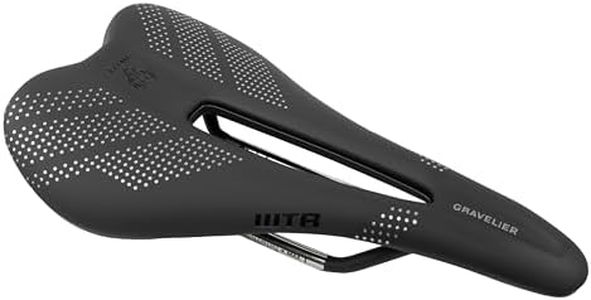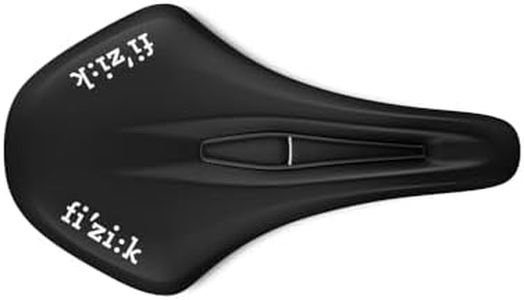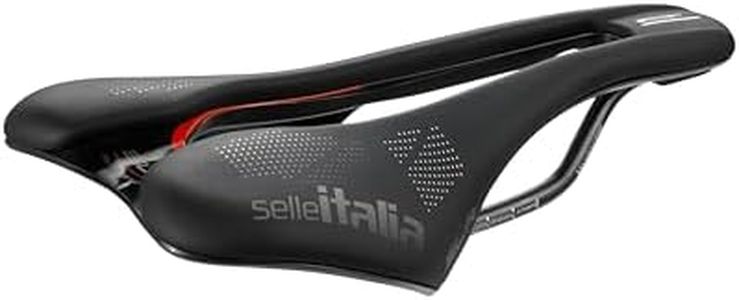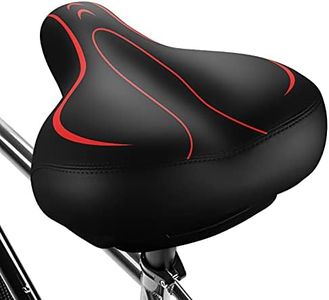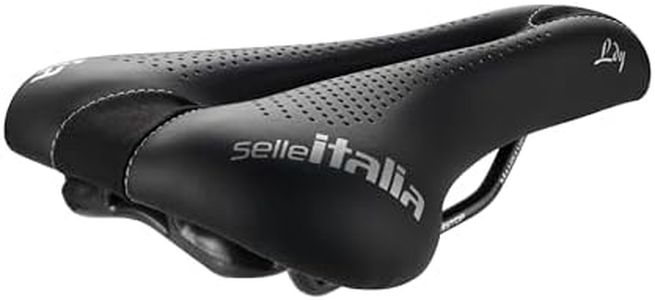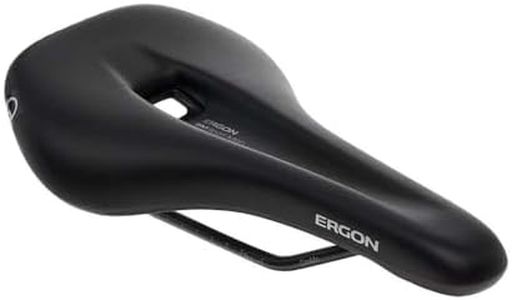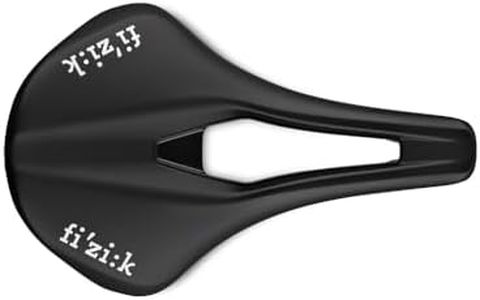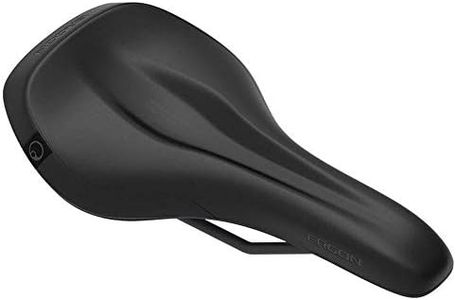We Use CookiesWe use cookies to enhance the security, performance,
functionality and for analytical and promotional activities. By continuing to browse this site you
are agreeing to our privacy policy
10 Best Mountain Bike Seats
From leading brands and best sellers available on the web.Buying Guide for the Best Mountain Bike Seats
Choosing the right mountain bike seat can make a big difference in your biking comfort and performance, especially on rough and long rides. Since the seat is a major contact point between your body and the bike, a good fit helps prevent soreness and allows you to ride longer. The best seat depends mostly on your body, riding style, and how much time you spend in the saddle, so it's important to know what features matter and how they suit your needs.WidthSeat width refers to how wide the saddle is at its broadest point. It's important because a seat that is too narrow can cause discomfort by not supporting your sit bones, while one that's too wide may rub against your thighs as you pedal. Most riders can find their ideal width by measuring their sit bones or consulting with a bike shop. Wider seats are generally preferred by casual riders or those spending lots of time sitting, while slimmer seats suit more aggressive riders who shift their weight often.
PaddingPadding is the cushioning material on top of the seat and greatly affects comfort. More padding can feel plush at first, but too much can cause chafing or pressure on long rides. Firm or minimal padding is often better for experienced riders or longer rides, as it supports better weight distribution and reduces heat or friction. Beginners or those who ride for short distances may appreciate medium or softer padding for immediate comfort.
ShapeThe shape includes the overall contour, whether it's flat or curved, and the length of the seat. A flatter seat allows for easier movement when handling technical terrain, while a curved shape can help keep you more centered during climbs or regular pedaling. Longer seats give more room to change your position, useful for aggressive or variable-terrain riders, whereas shorter saddles are often lighter and less likely to get in the way on quick maneuvers.
Cutout or ChannelA cutout or pressure-relief channel is a groove or hole through the center of the saddle, designed to reduce pressure on sensitive areas and improve blood flow. This can be especially helpful for riders who experience numbness or discomfort during longer rides. If you often feel pressure or numbness, a saddle with a cutout might be best for you, while those who don't have these issues may prefer the solid surface of a traditional seat.
Rails MaterialRails are the metal bars underneath the seat that attach it to the bike. Common materials include steel, alloy, titanium, and carbon. Steel rails are reliable and affordable, but heavier, while titanium and carbon rails are much lighter and can absorb more vibration, making your ride smoother, but tend to cost more. Alloy rails are a balance between both. If you prioritize weight and vibration-damping, lighter materials offer an advantage, but if durability is key, steel or alloy may suit better.
Cover MaterialThe cover is the outer layer of the seat, affecting durability and grip. Synthetic covers are most common: they handle rough use, varying weather, and are easy to clean. Leather covers provide more comfort and adjust to your shape over time, but need more care. If you ride in all conditions and want easy maintenance, synthetic is best. Leather can be a good choice for those who value comfort and are prepared for a little extra care.

